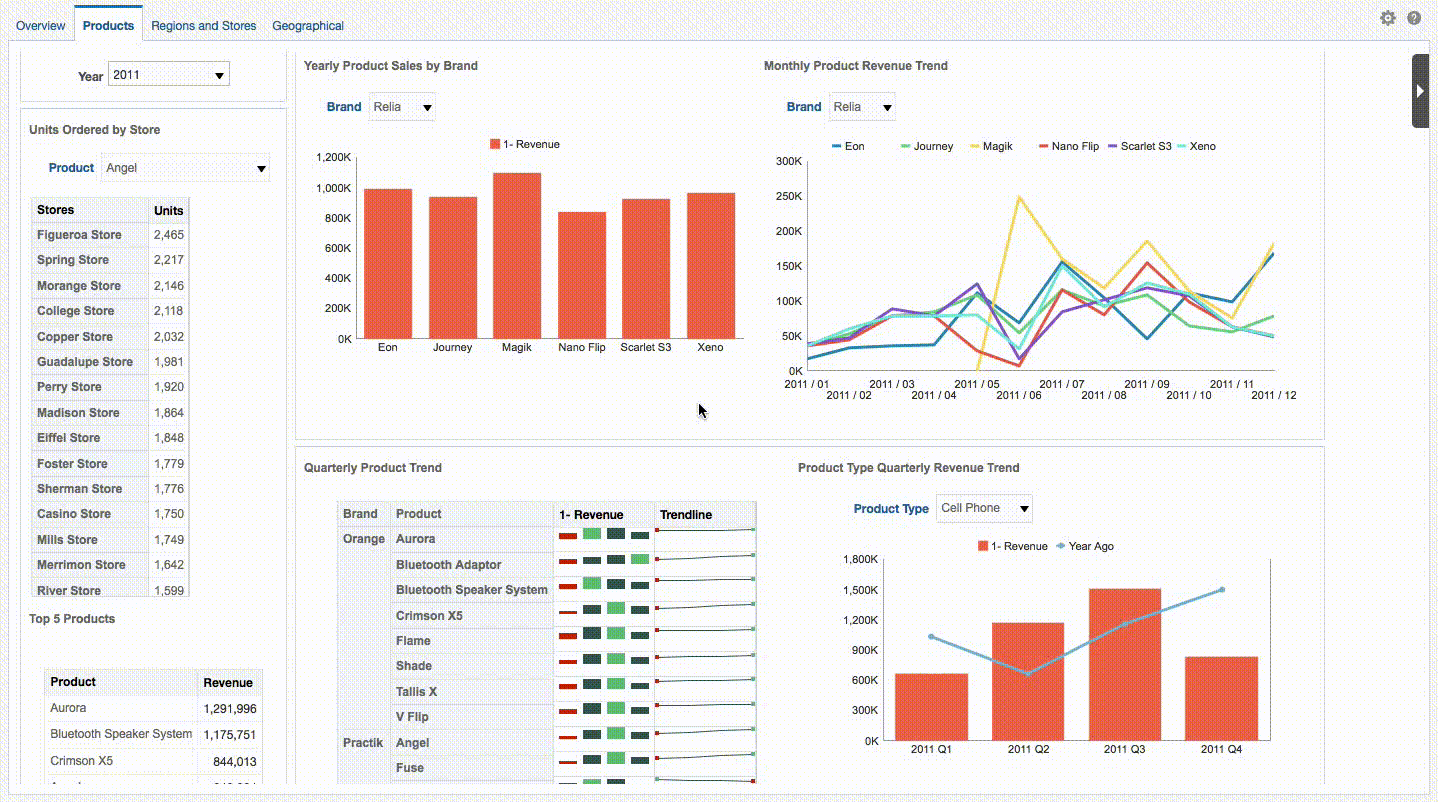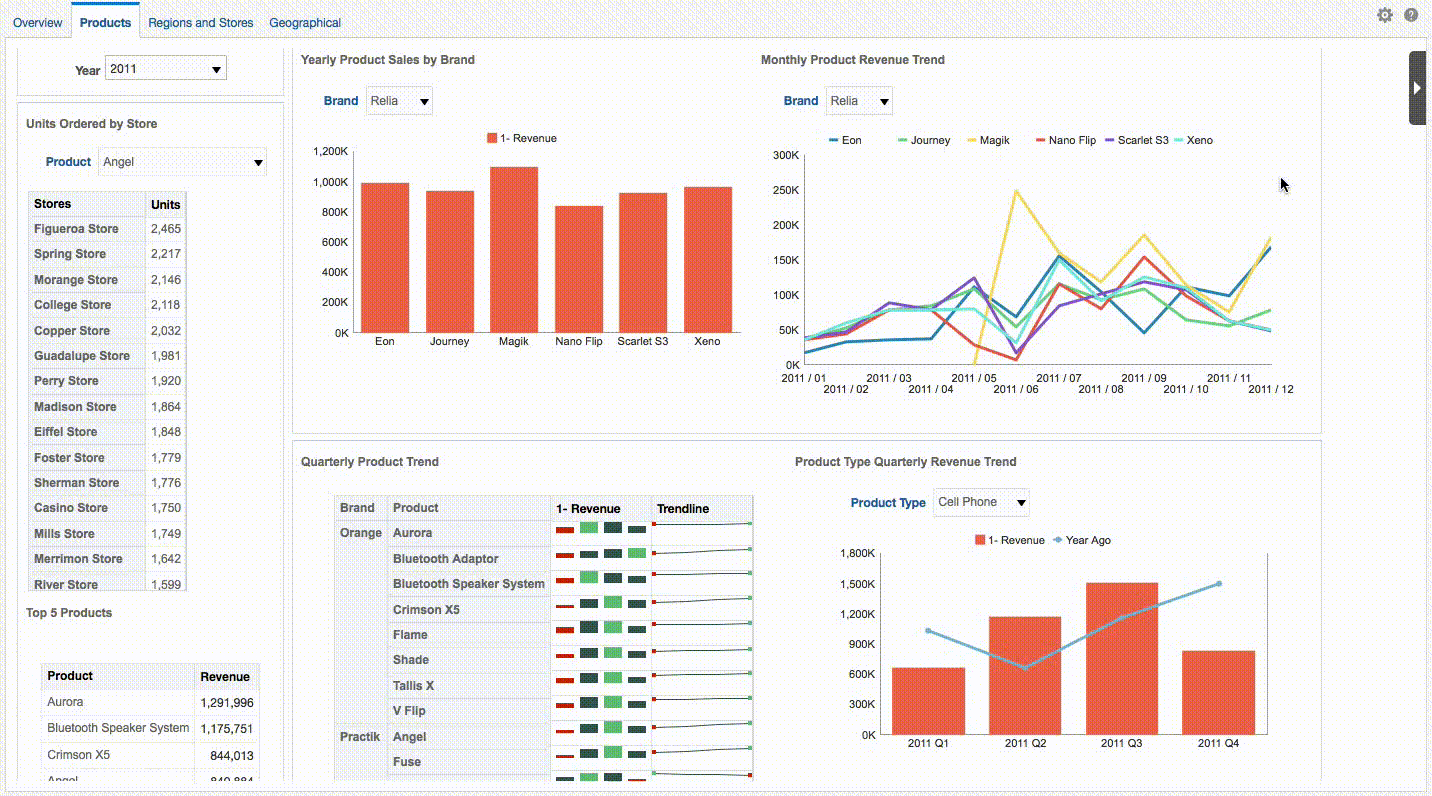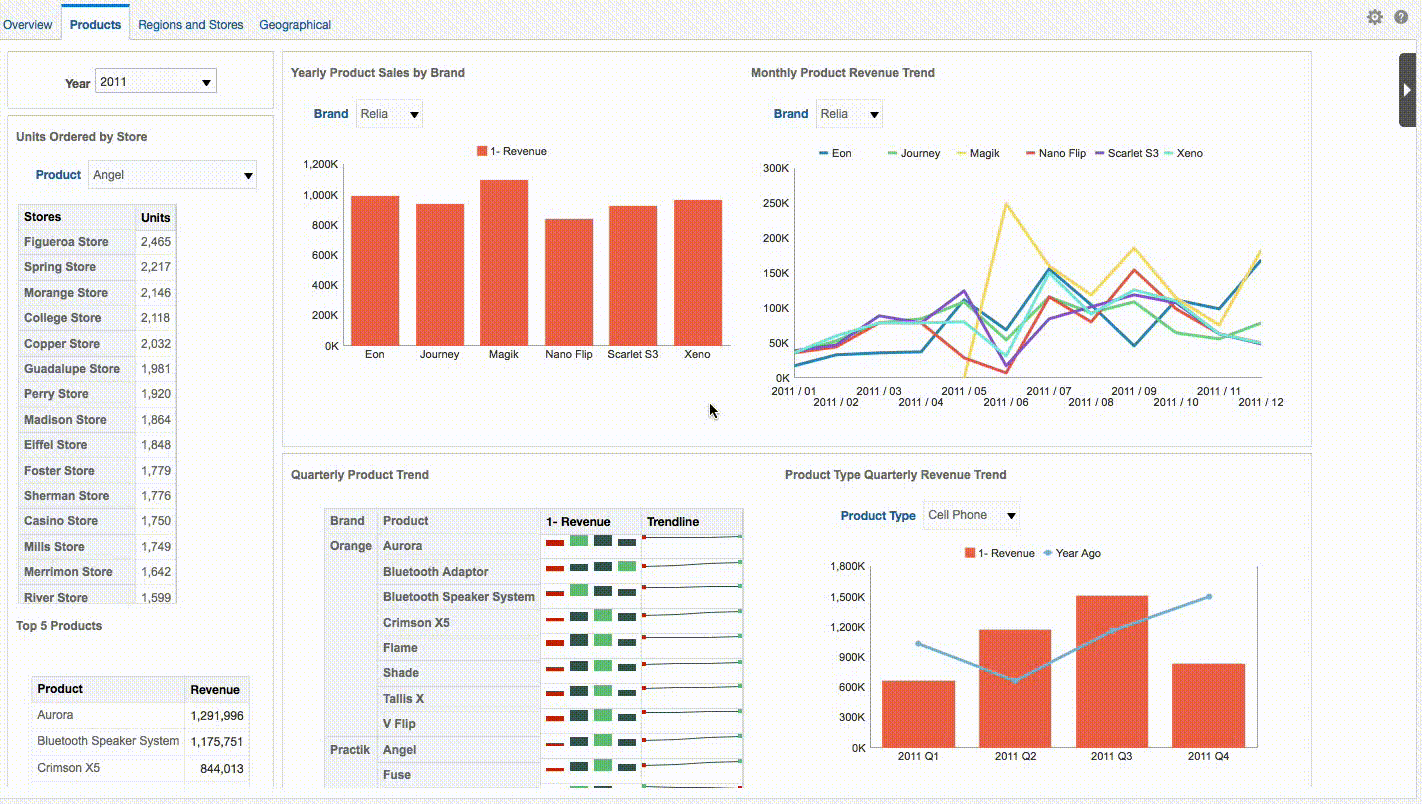Implementing OBIEE Commentary

My Application Development Experience with Rittman Mead
Greetings, readers! My name is Nick Padgett, and this is my first blog post with Rittman Mead. I started with Rittman Mead as an intern over a year ago while I was attending Kennesaw State, a local university, but I’ve graduated from both school and the internship. Since then I’ve been working on several interesting applications. Today, I would like to take some time to discuss developing one such application, our OBIEE Commentary tool, as well as my learning experiences working at Rittman Mead.
When I first started with Rittman Mead in October 2014, I was beginning my final year in a Computer Science program. When I joined, I knew very little about Business Intelligence but was eager to learn everything I could. Learning BI while still in school created a powerful synergy between my class studies and the real world. As I learned web development and security in class, I learned about data warehouses and agile development at work. In addition, I had the opportunity to practice my new knowledge and skills on a daily basis.
The most important lesson I learned during my time as an intern was the importance of developing primarily to meet the user requirements. This subject was often ignored in school, except for the obligatory Software Engineering course. But now, as a formal developer, I was always being reminded of the users we were developing for. All features for all projects were first qualified by asking “Is this what the user wants or needs?” or “Will this add value for the users?”
The first project I was assigned was the Rittman Mead commentary tool. As I assisted in development, the team always looked back to the initial requirements: “Users want commentary in OBIEE.” All development was focused in that direction, and any feature which hindered the goal, despite the technical impressiveness, was removed from the application.
Now, after spending many hours developing the commentary tool, the team is confident it has effectively answered the primary user requirements. We’re all very excited to provide this tool to our customers, and we are confident it will meet all the requirements we spent so long accumulating and developing for.
The Primary Use-case: OBIEE Commentary
In a typical environment, users are required to leave the application to communicate with their peers. This often involves screenshots, long text descriptions of the subject, and a service such as email or Slack. However, forcing users to leave the application in order to do their job is less than optimum. What's to keep them using the expensive tool you purchased for them if they have to leave it every few minutes?
Many organizations recognize this issue and seek to implement commentary themselves. Frequent approaches typically use either a text object on a dashboard, a write-back enabled input, or even strange iFrame solutions to achieve the desired capabilities. Obviously, these implementations have serious drawbacks, and may not be maintainable or feasible for many organizations.
The commentary tool we have developed uses none of the above approaches, but instead uses a standard web deployment, hosted in WebLogic, to provide similar capabilities. This means no RPD modifications, no requirement for dashboard designers to become involved, and no security threats with iFrames or Cross-Site Scripting (XSS) attacks, while still fulfilling the primary use case of adding commentary to your OBIEE dashboards.

Our tool allows for users to create several different types of comments, all displayed through standard HTML in a web browser. Comments can be added on a dashboard to provide commentary for the page as a whole, while other comments can be placed on reports, which will be shown anywhere the report is located. You can even submit replies to existing comments, allowing for comment threads over a particular subject. All of these comments are available for use without having to leave the application.
A Second Use-case: Documentation
Some comments are highly structured and curated, containing a wealth of information. Some users like to add comments explaining how a measure is calculated, or a post-mortem for the launch of a new product. These comments are best classified as documentation, as they don't serve to engage in a conversation, but to present information. In addition, there may be formal documentation that is required to be on a dashboard, and relates directly to a series of reports. The most common way to provide this is to supply links to external applications specifically suited for documentation. Among a myriad of issues pertaining to accessibility concerns, this approach forces users to leave the application, some of whom may never return.
As an alternative, documentation can be placed directly on a dashboard or report, but this leads to design problems. Having a twenty-page document on a dashboard is hardly an acceptable solution, even though this is the best place to put your documentation. In addition, users will have to write their documentation in HTML, or at least be able to understand it.

The commentary tool also allows for this use case. Documentation can be created or edited using a WYSIWYG (What You See Is What You Get) editor, similar to any standard document editor, and added to a “Table of Contents” on a dashboard. The Table of Contents lists all current documents available to view and displays them in a dedicated area. This provides access to any pertinent content directly on a dashboard, rather than forcing users to migrate to an external application, which is the entire point for having native commentary in the first place.
A Third Use-case: Integration
A common concern may be the introduction of yet another channel for communication. For example, many organizations use Slack as a communication tool or Atlassian Confluence for documentation. Rittman Mead does not desire to replace these tools or make them obsolete to your organization. We acknowledge the fact you spend money on these applications, and they may be widely adopted within your organization.

Instead of forcing you to maintain several channels of communication, our commentary tool allows integrations with applications such as JIRA and Confluence. Comments can be submitted as JIRA issues, and documents can be synchronized with Confluence pages. Several other integrations are available by default, while additional implementations are available on a per-customer basis. Now, if users absolutely must leave the application, they can do it on their own terms, with the convenience of a few clicks.
As I have grown during my time here with Rittman Mead, so has our commentary application. While I learned how to cater to user requirements, the tool evolved into an extension of this knowledge and was developed with the intention to meet all customer needs. I am incredibly excited to see this product released soon, and I can't wait for users to start getting more out of their BI applications.
More information on this tool will be coming very soon, so keep an eye on our blog and website for updates!